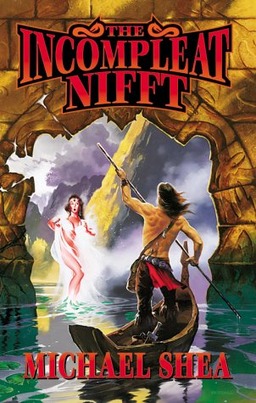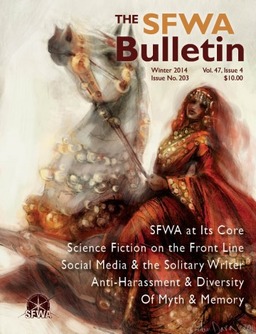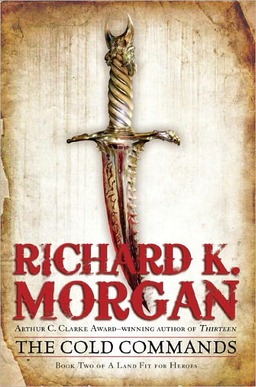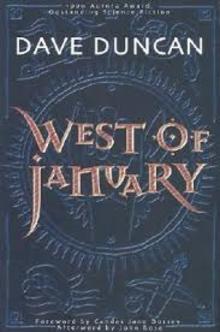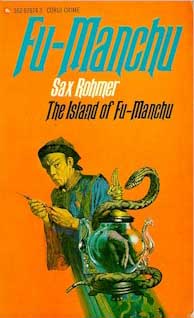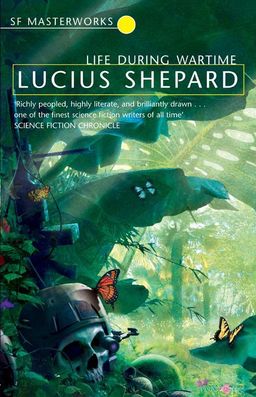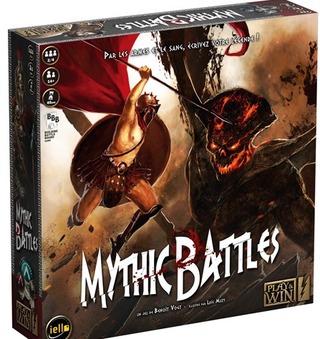The Series Series: Blood and Iron by Jon Sprunk
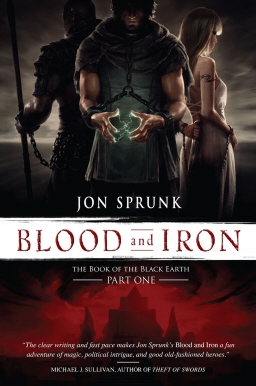 Of all the wild re-envisionings of the Crusades I’ve seen lately, Jon Sprunk’s Blood and Iron may be the wildest. His alternate-universe Europeans are recognizably European, but the opposing culture they face is that of a Babylonian Empire that never fell. And why has this Babylon-by-another-name persisted for thousands of years, so powerful that only its own internal strife can shake it? Because its royals actually have the supernatural powers and demi-god ancestry that the ruling class of our world’s Fertile Crescent claimed.
Of all the wild re-envisionings of the Crusades I’ve seen lately, Jon Sprunk’s Blood and Iron may be the wildest. His alternate-universe Europeans are recognizably European, but the opposing culture they face is that of a Babylonian Empire that never fell. And why has this Babylon-by-another-name persisted for thousands of years, so powerful that only its own internal strife can shake it? Because its royals actually have the supernatural powers and demi-god ancestry that the ruling class of our world’s Fertile Crescent claimed.
The Crusades seem to be having a moment in fantasy literature. This is the third novel I’ve covered this year that reimagines them. David Hair’s novel Mage’s Blood separated east and west with a sea so storm-ridden it could only be crossed every twelve years by means of a giant magic bridge, and the twelfth year coming was sure to unleash war. The alternate history in M. Harold Page’s Marshal Versus the Assassins was much more familiar — basically our own, with the addition of a few conspiracies and with unambiguously real miracles.
Jon Sprunk’s book takes the prize for strange worldbuilding. The Akeshian Empire is approximately what the Akkadian Empire might have looked like, had each of its major cities lasted as long and urbanized as complexly as Rome did. When monotheism comes to Akeshia, it arrives as a local heresy run amok, rather than as a foreign faith attracting converts. Akeshia’s gods are not kind gods; its semi-divine ruling caste are not nice people. However, when our hero comes to understand them from something closer to their own perspective, he finds much to admire and many people worth trying to save from the civil war that is beginning to take shape around him.
